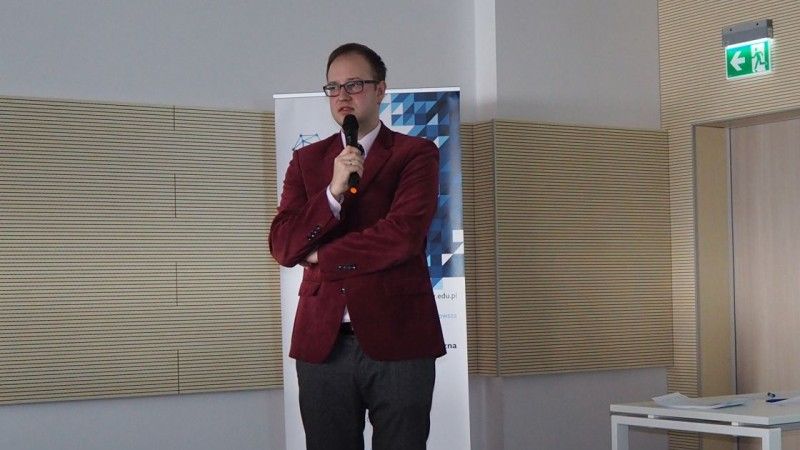On 26th March 2018 a seminar was organized at the Warsaw University of Technology, summarizing the SAFEDAM project. The programme will make it possible to prevent flood-related threats. Another objective adopted by the entities involved is to enhance the crisis management processes, should any flooding take place. The goal of the SAFEDAM project is to create a monitoring system that would deal with surveillance of flood embankments with the use of a non-invasive unmanned flying measurement platform, also involving aerial and satellite imagery.
The project is financed with the funds provided by the National Centre for Research and Development, within the scope of the Defence and Security programme. The whole initiative is pursued by a consortium formed by the following entities: Faculty of Geodesy and Cartography of the Warsaw University of Technology (leader), Institute of Meteorology and Water Management, MSP Marcin Szender, Astri Polska Sp. z o.o. and The Central School of the State Fire Service in Czestochowa.
The system for monitoring the flood embankments will utilize the latest remote sensing and photogrametry technologies available on the market. Data acquired through the use of a number of tools shall be analyzed in a specially developed IT suite, providing both 2D, as well as 3D imaging. On the basis of the above, visual representation of the situation in field would be created and then the relevant data is expected to be received by the entities responsible for flood safety in the country.
The whole system utilizes satellite imagery to a great extent. Here we are referring to data provided by both EO as well as well as by SAR satellites. The data is to be collected both from the European Sentinel satellite, as well as from commercial sources.
The radar satellite data makes it possible to acquire the information each 3 days, regardless of the weather conditions.
According to Krzysztof Bakuła PhD, Eng., the lo-res. data provided by the Sentinel-2 satellites can be used to create a layout of the areas located away from the flood embankments, with the said areas not being a subject to an in-depth analysis. Meanwhile, commercial imagery gathered by the most expensive systems can attain resolutions of 30 to 50 centimetres per pixel, which is tantamount to the quality of aerial imagery.
One of the SAFEDAM’s advantages is seen in its ability to function in preventive and intervention configurations. The preventive set up would allow for assessment of flood embankment status and the level of threat. The intervention set-up, on the other hand, has been tailored for use in crisis management scenarios, when the flooding already took place.
Interestingly, the whole system also includes an option to involve the local communities in the process of monitoring the safety of the dams. For that purpose the users would receive a dedicated mobile app, with the use of which they will be allowed to report potential damage or omissions in maintenance of the flood safety infrastructure.
Following the finalization of the SAFEDAM project, the system will be ready for implementation and use by the State Fire Service, Civil Defence and the National Water Management Authority.
